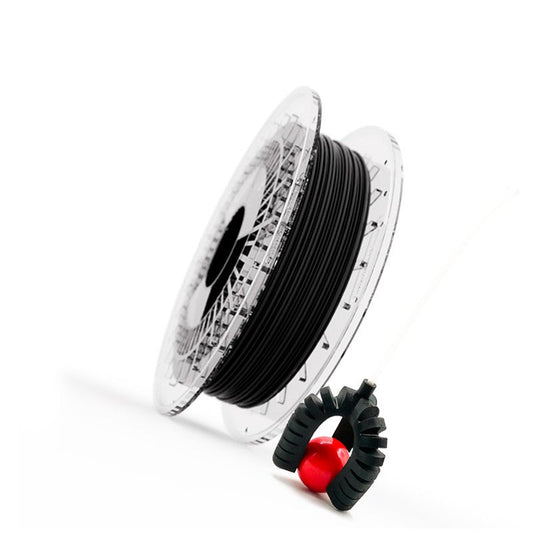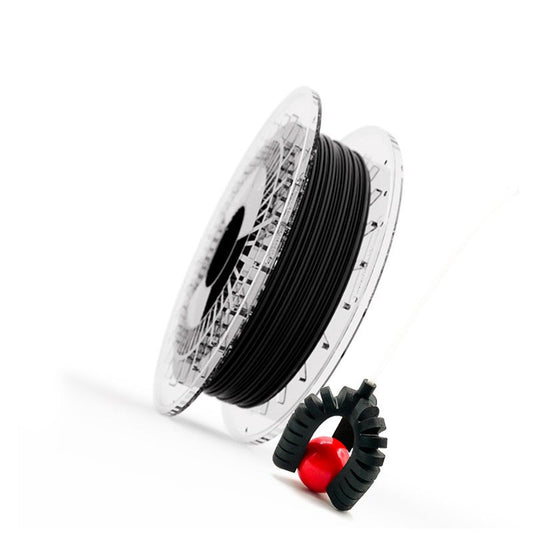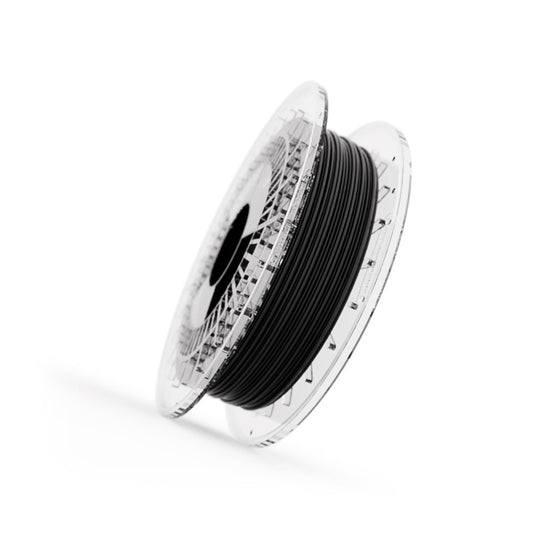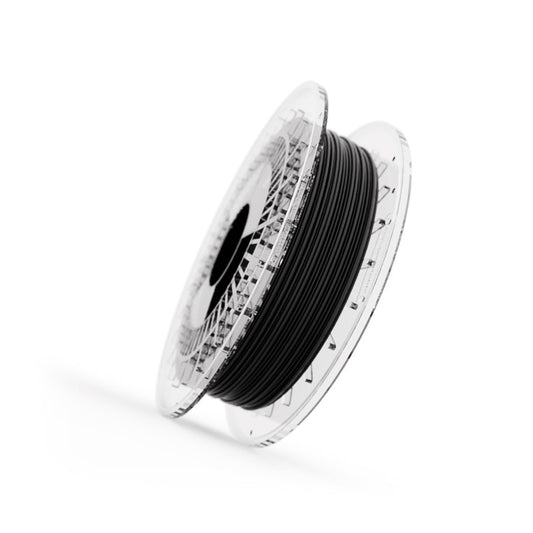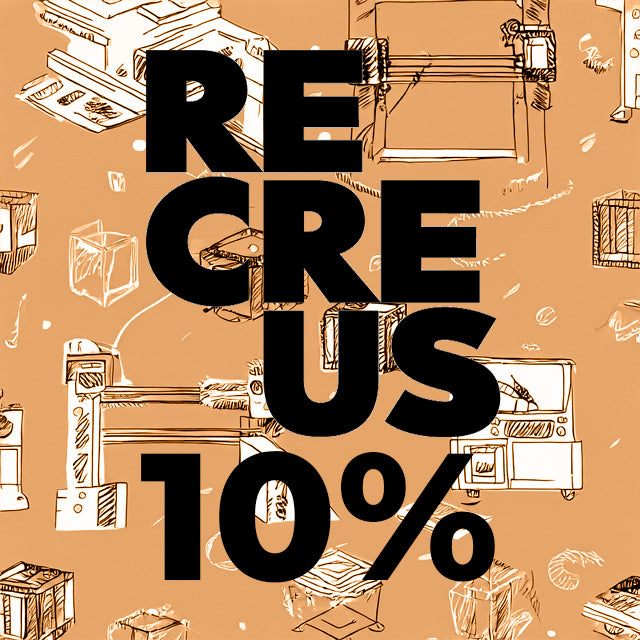Success story: Corbalán Dental Clinic. Dr. Alejandro Pagán
Medical Case Study: 3D Printed Dental Devices
With 3D printing and the appropriate materials, the clinical sector manufactures its own resources adapted to its needs and those of its patients on a day-to-day basis
- Company: Dental Clinic Corbalán of Dr. Alejandro Pagán
- Sector: Medical - Odontology
- Material: Polypropylene PP3D filament
- Mission: Dental device design to aspirate more aerosols from the patient

As a result of the pandemic, many projects and solutions have emerged due to the need to manufacture parts and components caused by scarcity materials.
This is the case of Dr. Alejandro Pagán Ruiz. Dentist and expert in Endodontics, Restorative Dentistry, Periodontology and Implants and specialist in Microsurgical Endodontics, in his Corbalán Dental Clinic, who goes to Recreus to be advised on a matter of materials to print a device that he has designed.
"With 3D printing I designed a copy of a device to be placed near the patient's mouth in order to be able to aspirate a greater amount of aerosols due to Covid-19. The problem was that it had to be sterilized with each patient and thermoplastic materials made in filament printers cannot be autoclaved."
Dr. Alejandro Pagán, Corbalán Dental Clinic



Challenge
Manufacture devices that aspirate a greater amount of aerosols with sterilizable material in the autoclave
- Aerosol reduction. As a consequence of the pandemic, all dentists are beginning to think about how to create devices that help reduce aerosols, one of the most powerful sources of Covid-19 contagion, or to create, for example, masks with filters due to the absence of EPIs.
- Search for sterilizable material. It was then that Dr. Alejandro Pagán contacted us to be advised on the properties of our materials looking for a filament to FDM that could be autoclavable and suitable for his Cetus 3D printer. To do this, he designed a copy of a device to be placed near the patient's mouth and thus aspirate a greater quantity of aerosols. The problem was that it had to be sterilized with each patient, and thermoplastic materials made in filament printers cannot be autoclaved. It was then when we advised him to print his design with PP·3D polypropylene filament.
Solution
Print the devices with the PP·3D polypropylene filament. An autoclavable material
The polypropylene filament of Recreus was the material that we recommended to Dr. Pagán to use for the printing of his devices, since it is a material with many advantages and properties, among them:
- resistant to chemicals
- durable
- lightweight
- very easy to print thanks to the accompanying 'primer'
- with low friction coefficient
- non-toxic
- autoclavable (only natural color)
- slightly flexible to the touch
Result
3D printed devices designed to aspirate increased amounts of aerosols from patients and can be autoclaved for patient contact
- PP·3D autoclavable material. The PP·3D polypropylene filament was a great discovery with many possibilities for Dr. Alejandro Pagán. He was unaware that such material could be sterilized and subjected to these temperatures and pressure without undergoing major dimensional changes. Let us remember that for the sterilization of the material it is introduced into the autoclave at a temperature of 134ºC for about 3-5 minutes.
- PP·3D holds up to temperature and pressure. Finally, it manages to print large volume suction devices, capable of sucking up large amounts of water, saliva or blood and also suitable for the elimination of the vast majority of generated aerosols. All this with the possibility of reusing due to the temperature and pressure resistance capacity of the PP·3D material a few sterilization cycles.
- Easy to print thanks to the 'primer' that it has incorporated. In addition, it turns out to be a material that is not difficult to print thanks to the adhesive or primer that is incorporated, obtaining a piece that is certainly elastic, but with great resistance to impact, with the greatest advantage of being autoclavable for a certain number of cycles.
- Clinical sector involved in the manufacture of its own tools and needs. At a medical and dental level, this case has great potential for Dr. Pagán, since it offers the opportunity, together with 3D printing technology, that the clinical sector can also participate and manufacture its own resources, providing solutions that are more adjusted to the needs that are presented to them on a day-to-day basis.





